When it comes to historical travel, the usual names —Rome, Athens, and Cairo —tend to dominate the conversation. But beyond the big-ticket sites, there’s a whole world of lesser-known places that tell just as rich a story.
These hidden gems may not draw crowds, but they offer something rarer. The chance to explore history without the noise, to wander at your own pace, and to feel like you’ve discovered something most people never will.
Here are six historical sites that will make you want to travel right away:
1. Mawlynnong, Meghalaya – Asia’s Cleanest Village
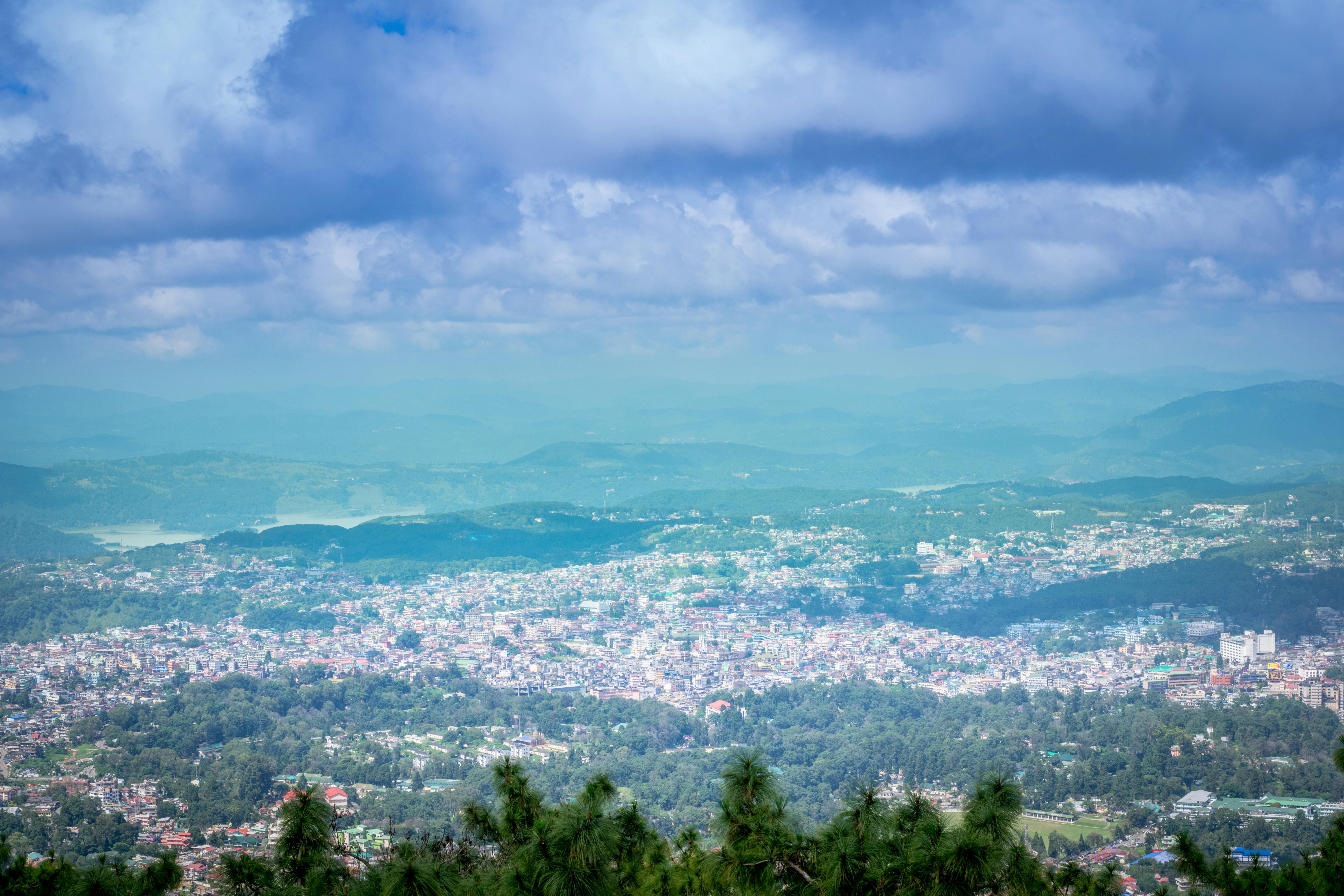
Nestled in the East Khasi Hills, Mawlynnong is a tiny village that has gained global recognition for its exceptional cleanliness and eco-conscious community. Walk through its bamboo-lined pathways, and you’ll find spotless lanes, thatched huts with manicured gardens, and dustbins made of cane at every turn.
The villagers take cleanliness seriously; it’s a daily, collective effort, not just a civic responsibility. Plastic is banned, and rainwater harvesting is common.
But Mawlynnong is more than just clean. It’s rich with natural beauty and Khasi culture. The Living Root Bridge nearby is a marvel of bioengineering, created by guiding the roots of rubber trees across streams.
There’s also a skywalk built from bamboo that offers panoramic views of Bangladesh across the border. Mawlynnong demonstrates that sustainable living and tourism can coexist, offering travelers a unique opportunity to experience environmental harmony firsthand.
2. Ziro Valley, Arunachal Pradesh – A Paradise for Music Lovers

Ziro Valley sits in a gentle bowl of rolling hills and golden rice fields. Home to the Apatani tribe, this northeastern gem offers a rare blend of tribal culture, natural beauty, and creative energy.
The valley comes alive every year during the Ziro Music Festival, which draws indie bands and music lovers from across the globe for four days of open-air performances in a pristine setting.
The rest of the year, Ziro is calm, dotted with homestays and wooden houses set against a backdrop of pine forests and misty mountains. Travelers can hike through nearby villages, visit local craft markets, and learn about the sustainable, intricate farming and fish-rearing systems practiced by the Apatanis.
3. Chaukori, Uttarakhand – A Hamlet of Untouched Beauty
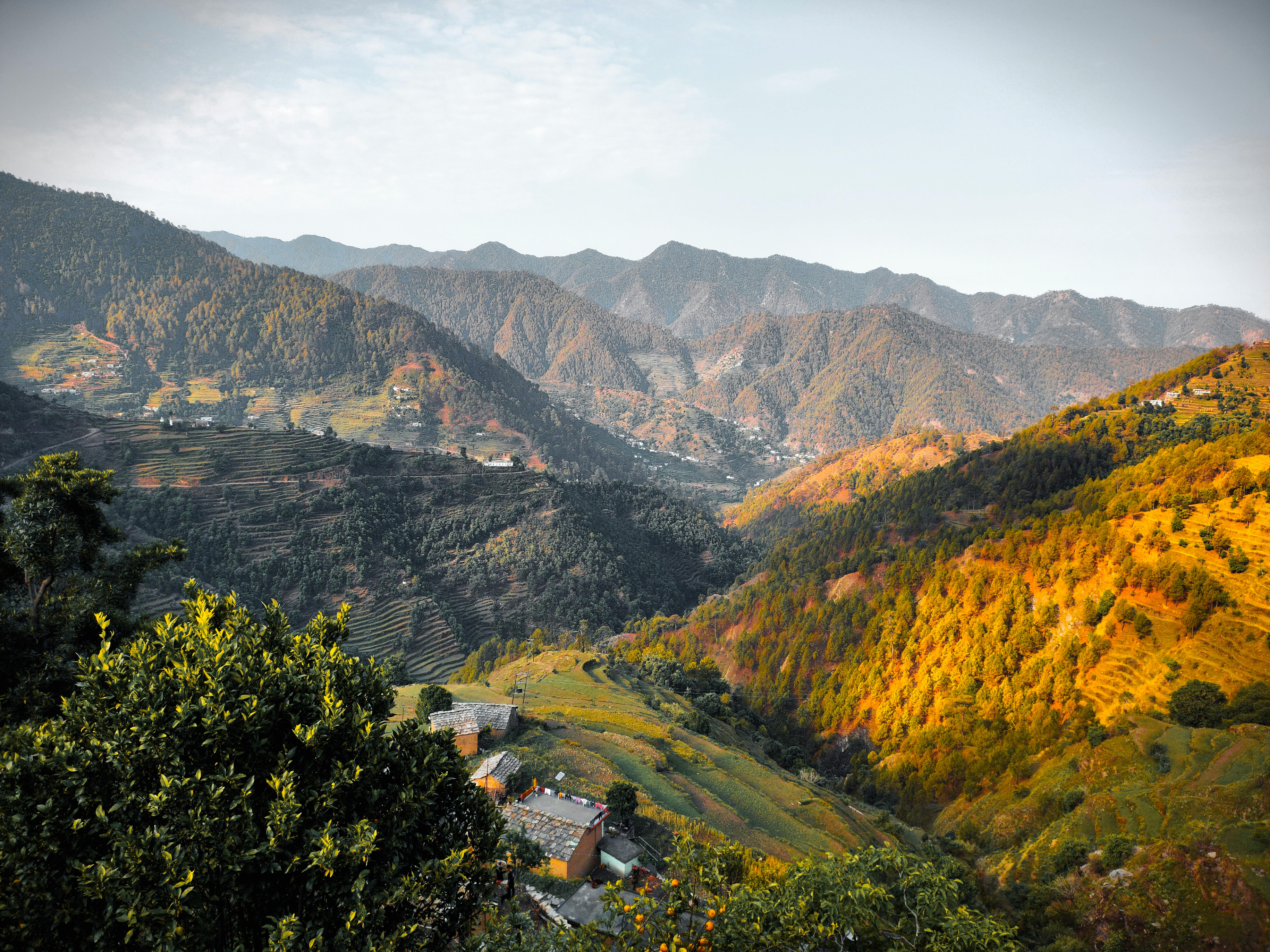
Chaukori is a sleepy hill station tucked away in the Kumaon region, far from the noise and crowd of mainstream Himalayan towns. Perched at over 2,000 meters, it offers jaw-dropping views of peaks like Nanda Devi and Panchachuli, especially magical at sunrise and sunset.
What makes Chaukori special is its unhurried pace and raw charm. There are no major commercial establishments here, just quiet tea gardens, pine forests, and bird songs.
Whether you’re gazing at the stars on a clear night, walking through terraced fields, or sipping tea with a view of the snowy Himalayas, Chaukori has a meditative effect. For travelers seeking solitude, inspiration, or a deep breath of fresh air away from the digital world, Chaukori delivers peace with a view.
4. Champaner-Pavagadh Archaeological Park, Gujarat
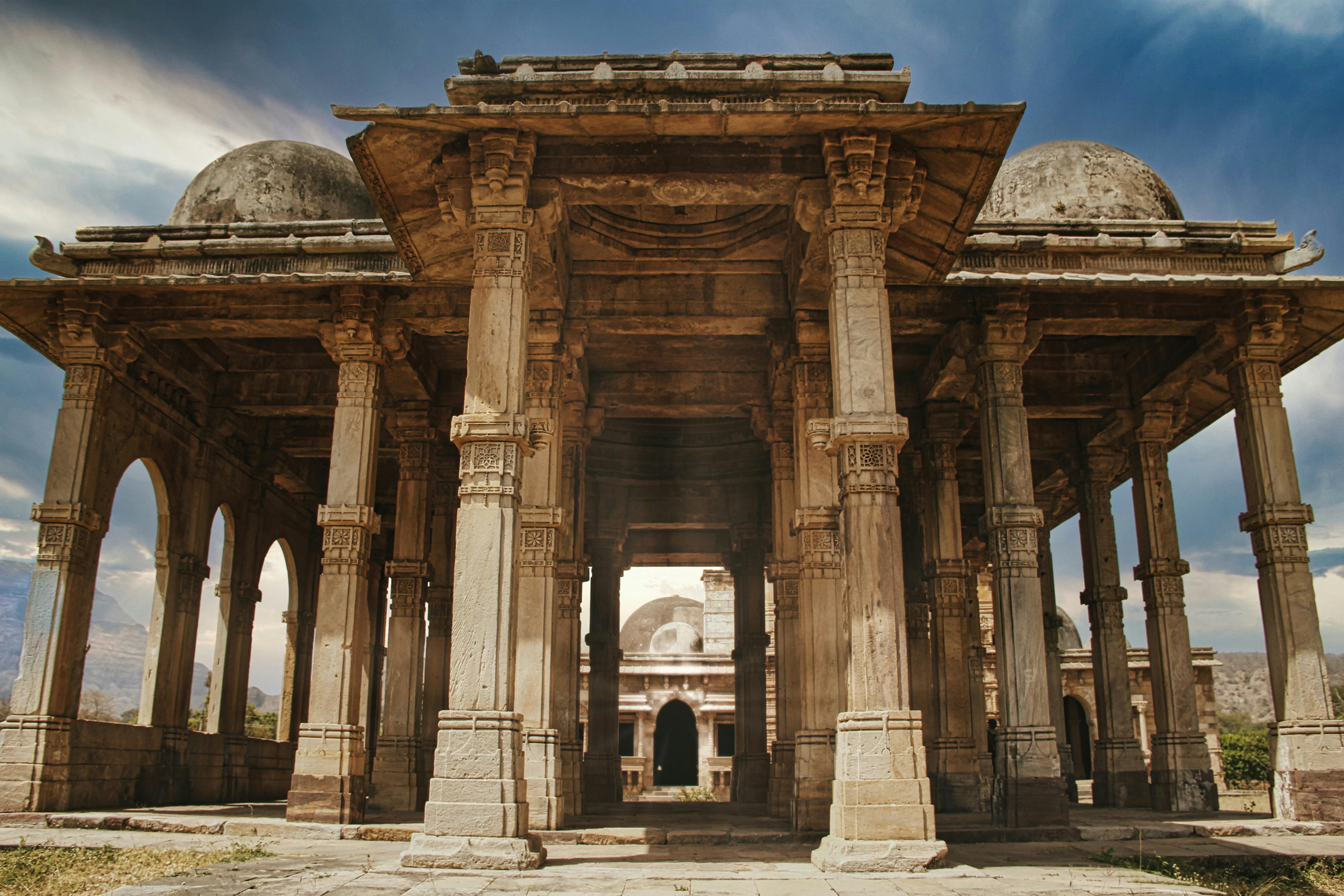
A UNESCO World Heritage Site, Champaner-Pavagadh is a rare archaeological landscape where Hindu and Islamic architecture blend seamlessly across centuries.
It’s one of India’s most overlooked heritage destinations, though it features over 100 monuments, including mosques, temples, stepwells, tombs, and fortifications.
The Jama Masjid here is a masterpiece of Indo-Islamic design, predating even the Mughal era. At the heart of the park lies Pavagadh Hill, topped by the revered Kalika Mata Temple and reached by either a scenic trek or a ropeway ride.
The park offers a layered experience, with natural beauty, religious significance, and historic depth all in one setting. It’s a paradise for history lovers and a photographer’s dream, best explored over a slow, curious day.
5. Rani-ki-Vav, Gujarat
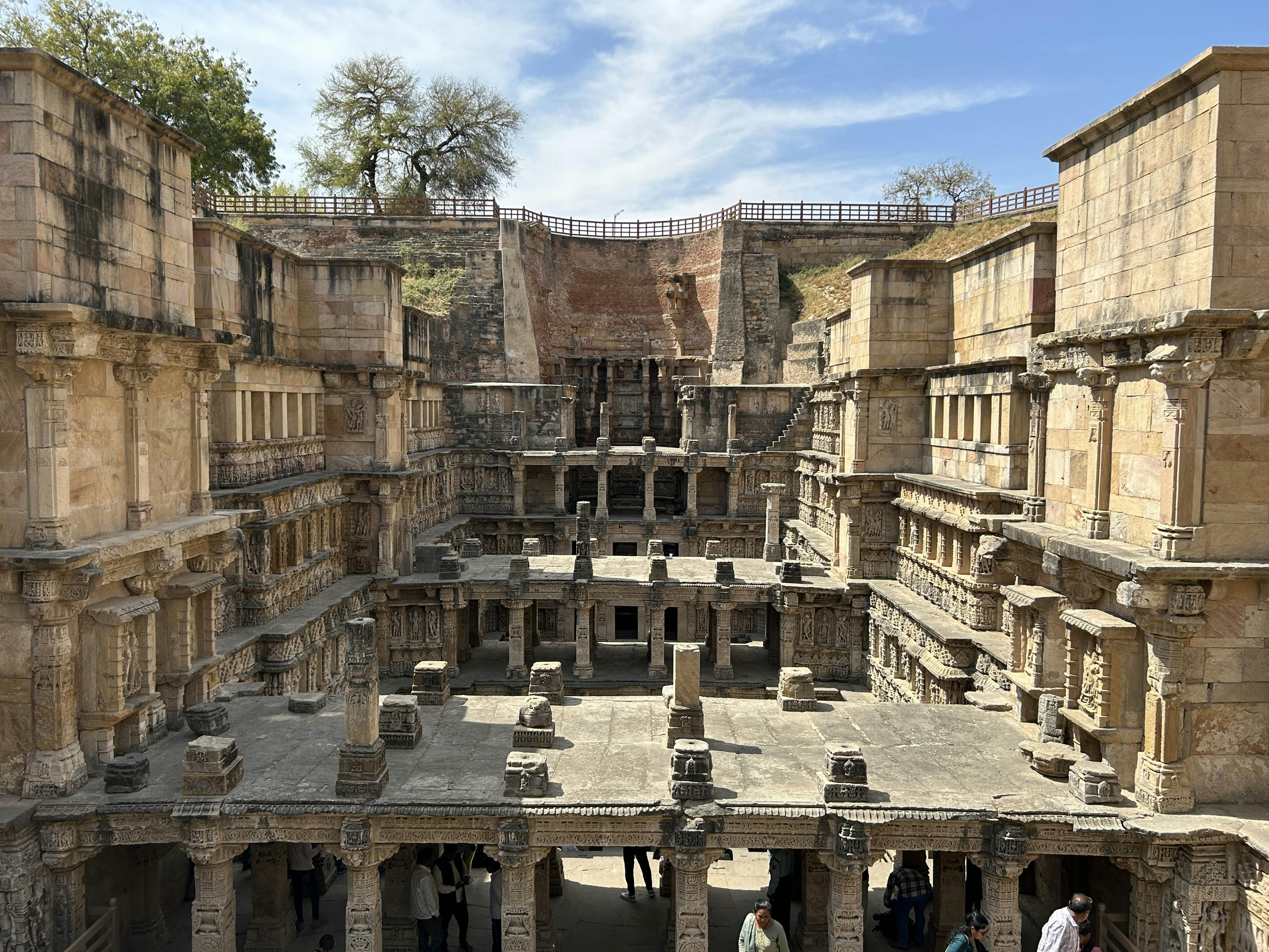
Rani-ki-Vav isn’t just another stepwell; it’s a seven-level architectural marvel that lay buried underground for centuries before being rediscovered in the 1980s. Built in the 11th century by Queen Udayamati in memory of her husband, this masterpiece in Patan, Gujarat, is as poetic as it is functional.
Its sandstone walls are adorned with over 500 intricately carved sculptures, depicting gods, goddesses, and mythological themes with stunning detail. What sets Rani-ki-Vav apart is not just its craftsmanship but the atmosphere.
Unlike many tourist-heavy monuments, it remains relatively under the radar. It’s a place that rewards slow steps and close attention
6. Rock Shelters of Bhimbetka, Madhya Pradesh:
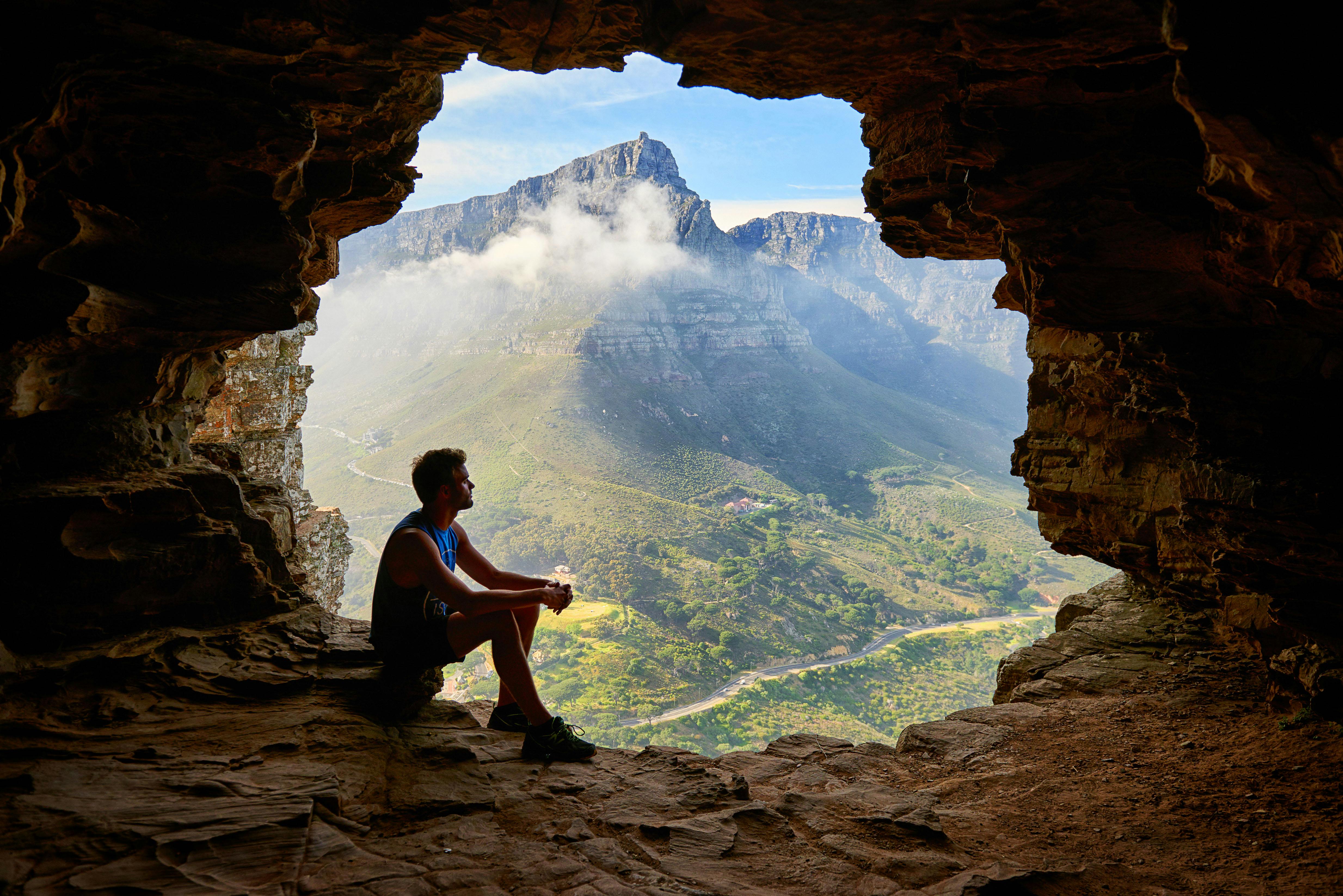
If cave art fascinates you, Bhimbetka will absolutely blow your mind. These rock shelters, estimated to be around 30,000 years old, contain some of the earliest known evidence of human life on the Indian subcontinent.
The walls are alive with scenes of dancing figures, animal hunts, and rituals, drawn by prehistoric hands that once lived, celebrated, and survived in these very spaces.
Located at the edge of the Vindhyan hills, Bhimbetka offers more than just ancient art. It gives you a visceral sense of early human life. Standing inside these shelters, surrounded by silence and stone, you’re not just observing history; you’re stepping into a world before cities, language, or civilization.
These lesser-known sites provide an opportunity to connect with history in a more personal and unhurried way. They often reveal stories that are just as powerful as those told by the world’s most famous landmarks.
By stepping off the beaten path, you open yourself to moments of quiet wonder. In doing so, you’ll discover that history lives not only in grand monuments but also in places that time has almost forgotten.

